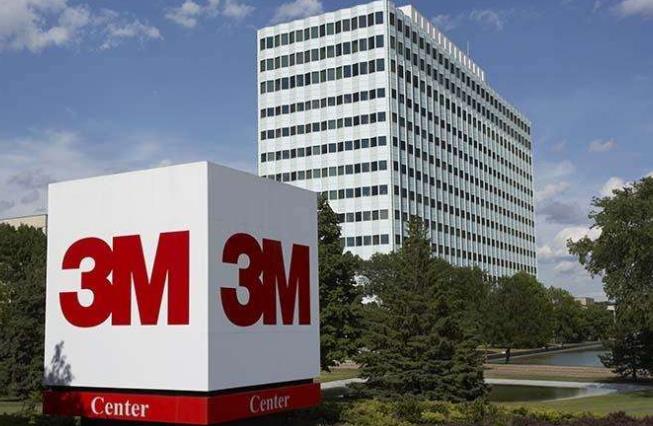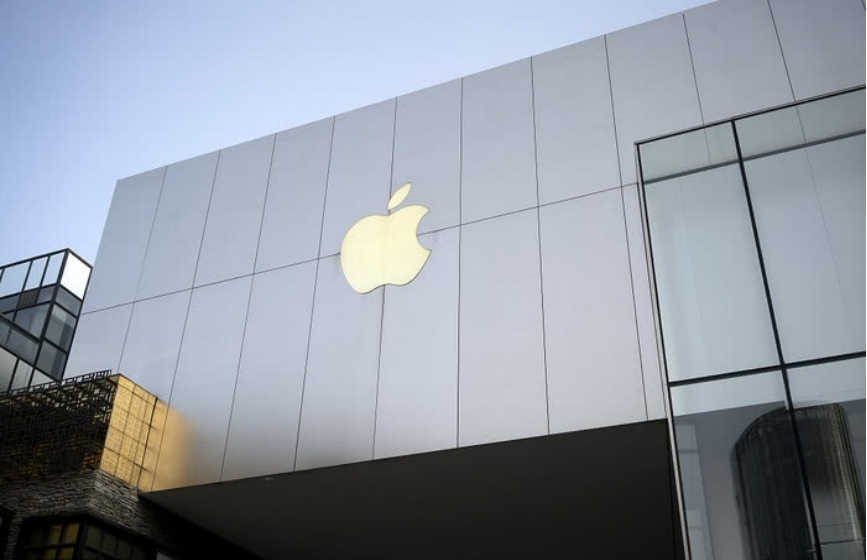
Recently, the market welcomed a remarkable news: industrial giant 3M (MMM.N) reported its quarterly results on Friday, and the stock soared to its highest level in nearly two years, at one point rising more than 20%. This round of share price carnival seems to be a direct response to the company's strong performance on the surface, but when we deeply analyze the glossy financial results behind, it is not difficult to find the hidden complexity and potential risks. The purpose of this paper is to reveal the truth behind 3M's growth and explore the uncertainty in its future development path with critical thinking.
First of all, we have to mention that 3M's significant improvement this time is largely due to the implementation of a series of cost cutting measures. Admittedly, cost control is a key part of enterprise profit management, but over-reliance on this method often means that enterprises in product innovation and market expansion of insufficient investment, in the long run, will weaken the core competitiveness of enterprises. As a former innovation leader, 3M's aging product line is no secret. After Bill Brown took office, although he put forward the slogan of "revitalizing the innovation engine", in practice, cost cutting measures with quick results in the short term clearly dominated. This strategy may boost performance in the short term, but in the long run, if it can't effectively activate the innovation mechanism, 3M May face the risk of being marginalized by the market.
Second, under Brown's leadership, 3M is actively adjusting its strategic direction to focus on high-growth areas such as vehicle electrification and climate technology. This decision seems to be in line with the global trend, but in practice it is fraught with challenges. On the one hand, the competition in these fields is fierce, which not only requires huge capital investment, but also requires enterprises to have strong technology research and development capabilities and keen market insight. Whether 3M can quickly gain a foothold in these emerging areas and establish an effective competitive advantage remains to be seen. On the other hand, divesting less-profitable consumer product lines, although it can improve profit margins in the short term, but it may also lead to the weakening of brand influence and the loss of market share. How to maintain a balance in the process of transformation is a problem 3M must face.
However, 3M took full advantage of steadily rising product prices, effectively hedging against the negative impact of inflation and weak consumer business. This strategy is not without costs, however. Price increases may weaken the market competitiveness of products, especially in a market environment where consumers' purchasing power is reduced and alternatives are increased. In addition, over-reliance on price strategies while ignoring the improvement of product quality and service quality will make it difficult to win the long-term trust and support of consumers. Therefore, 3M should also be alert to the potential risks it may bring when it enjoys the profit growth brought about by rising prices.
Through a series of restructuring measures to streamline operations and reduce costs, 3M has injected new momentum into performance growth. However, are these measures really in line with the company's long-term development goals? While restructuring and divestitures can improve financial performance in the short term, they can also lead to cultural fragmentation, lower employee morale, and damaged customer relationships. More importantly, if the divestment is a business segment with potential growth value or synergies, then this "slimming" behavior will undoubtedly hurt the company's long-term competitiveness. As a result, 3M needs to weigh short-term benefits against long-term value more carefully when making restructuring and divestiture decisions.
Finally, a surge in stock prices is often accompanied by high market expectations and investor enthusiasm. But is this enthusiasm based on rational analysis and judgment? Or is it simply an overreaction to a temporary boost in corporate performance? Judging from the current market reaction, 3M's stock price appears to have gotten ahead of the results, creating a clear bubble risk. Once future performance fails to consistently meet market expectations or adverse changes occur in the market environment, the plunge in stock prices will be difficult to avoid. Therefore, while chasing hot spots, investors should also maintain a clear head and rational judgment.
In summary, although the strong performance of 3M's financial report is remarkable, the risks and uncertainties hidden behind it can not be ignored. From cost cutting to strategic transformation, from price increases to restructuring divestitures, every step is full of challenges and tests. For 3M, how to activate the innovation engine, optimize the business structure and enhance the market competitiveness while maintaining the performance growth will be the key to its future development. For investors, it is necessary to remain vigilant and rationally look at the truth behind market fluctuations and company performance changes. Only in this way can we make informed investment decisions in a complex and volatile market environment.

Recently, according to 9To5Mac, the Apple Podcasts app was exposed to have the problem of automatically redirecting unsubscribed programs, and some of the redirected programs were suspected to contain malicious links.
Recently, according to 9To5Mac, the Apple Podcasts app was …
Recently, multiple Federal Reserve officials have publicly …
Ukrainian President Vladimir Zelensky met with French Presi…
In November 2025, South Korean e-commerce giant Coupang was…
On December 2, 2025, the international silver market witnes…
On November 30 local time, a report released by the Stockho…